War is a terrible experience. Throughout history, civilians on the home front have been asked to make significant changes to their lifestyles and diets to support the war effort. Over the years, people have come up with fascinating ways to deal with these adjustments, and some of these methods have left a lasting impact that we still see today.
Inventing The Twinkie
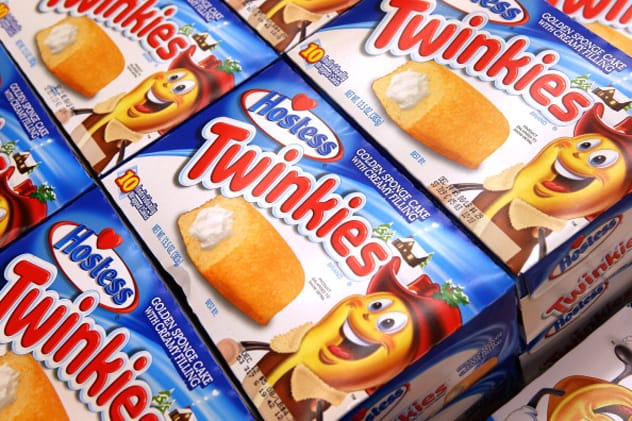
During World War II, both in America and England, bananas were severely limited. They had to be imported, which was considered a luxury. However, bananas were a popular ingredient in many foods, from banana sandwiches in England to dessert fillings in the United States. In England, substitutes like mashed parsnips were used in sandwiches. But in America, a more creative solution led to the creation of one of their most iconic treats.
The original Twinkie, around since 1930, had the same sponge cake but with a banana-cream filling. Because it was made with real bananas, the shortage in the 1940s led to a change. The banana filling was replaced with vanilla cream, and Twinkie the Kid was introduced as the mascot. This change was so popular that even after the banana shortage ended, the Twinkie kept its wartime vanilla incarnation.
Meanwhile, in Britain, bananas were highly valued. A single banana was auctioned off in Russell Square in 1942, selling for nearly $125 in today’s money.
Liquid Stockings
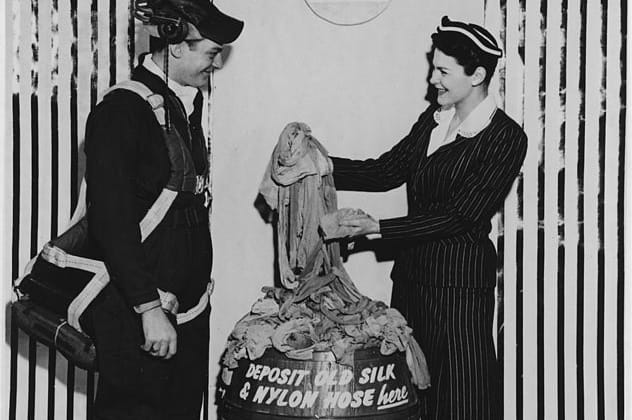
Nylon stockings were a sensation when they were first introduced in the late 1930s. Created by DuPont, they were so popular that May 16, 1940—the day they became widely available—was known as Nylon Day. However, this fashion was short-lived. Only a year later, nylon production shifted from women’s fashion to wartime necessities like parachutes, cords, and mosquito netting. Women who had grown used to wearing nylons were not happy about giving up the look, so they found a way to maintain it: they painted it on.
Women started using flesh-colored makeup and drawing seams with eyebrow pencils. This became so popular that liquid stockings began to appear on shelves. Bottles with names like Leg Silque and Silktona promised enough colorant for several applications. For those needing extra help, Leg Makeup Bars popped up in department stores, selling products like Leg Sticks, Leg Art, and Stocking Lotion.
Carrots Instead Of Sugar
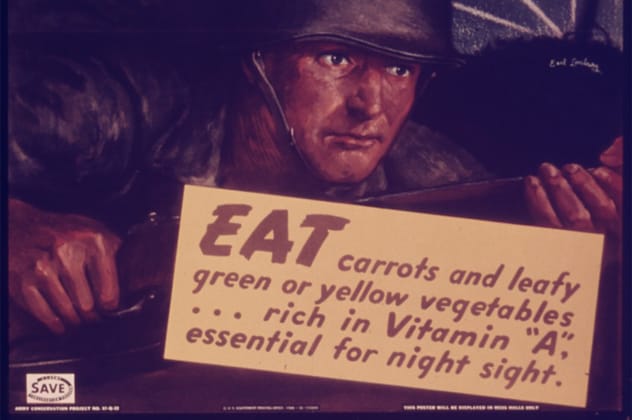
During the war, sugar was a valuable, rationed commodity, while carrots were plentiful. England’s Ministry of Food promoted carrots, emphasizing their health benefits. They even introduced Doctor Carrot as their mascot. The focus wasn’t just on eating carrots but also using them as a substitute for rationed foods. In December 1941, the Ministry of Food held a competition, inviting British housewives to submit carrot recipes.
The response was overwhelming. Recipes included carrot treacle, carrot pudding, and carrot jam. People were encouraged to replace milk with carrot water. Children saw their ice cream replaced with carrots on a stick, and a London sweet shop advertised toffee-dipped carrots as superior to toffee apples. There was also carrot fudge, carrot marmalade, “cartomel custard,” curried carrots, and even mock apricot tarts made with carrots.
Additionally, carrots were used as an explanation for why British pilots were effective at night. The claim that carrots improved vision was actually a cover for the Royal Air Force’s use of newly invented radar.
Whale Meat

Whale meat was explored as an alternative in several countries, but it only became popular in Japan. By 1947, about half of the meat consumed in the country was whale, significantly boosting a long-standing part of Japanese culture. Most school lunches included whale meat, influencing the tastes and eating habits of the population.
According to the Nippon Research Center, older people in Japan are more likely to regularly eat whale meat, often viewing it as a childhood favorite. In contrast, almost 60 percent of people around 30 years old rarely eat it, and about half of those in their teens have never tried it. Overall, about 95 percent of the population no longer regularly consumes whale meat, a drastic change from the post-war era when it made up about a quarter of the Japanese diet.
England also considered using whale meat as a substitute, but it never progressed beyond the planning stages. By the late 1940s, food testers were recruited to try whale meat. However, it was poorly received. One tester, who had experienced starvation in German-occupied North Africa, stated that even starving people wouldn’t eat it.
Wrigley’s Gum And Orbit

Chewing gum had been popular for decades before World War II. During the war, there was a significant shortage of gum in the United States. Wrigley, a major gum manufacturer, faced supply problems. They had gum reserves, but these were intended for overseas use. American soldiers were chewing about 500 million pieces a year, and Wrigley’s entire stockpile was sent to them.
This created a dilemma for Wrigley in serving the domestic market. They didn’t want to compromise on the quality of their existing products, so they created a wartime substitute called Orbit. Marketed as the “Good Wartime Chewing Gum,” it was discontinued after the war when regular Wrigley brands returned. However, it inspired Wrigley to explore other flavors and was reintroduced in 1976 to the German, Swiss, and Dutch markets.
Paperback Books

Paper rationing during the war helped establish paperback books as a serious publishing medium. Penguin, one of the earliest paperback publishers, achieved significant success. Paperbacks were affordable, easy to carry, and met a growing demand. Although paperbacks had been attempted before, they were often seen as cheap and low-quality. Penguin books were different, and paper rationing during the war made paperbacks highly desirable.
Paper rationing meant that paper used for books was extremely valuable. To ensure publishers maximized their paper allotment, typography restrictions were implemented. Books needed a specific word count per page, plain formatting for chapter breaks, and adherence to margin guidelines. Paperbacks were simple in design, fitting easily within these guidelines. They lacked the elaborate designs of hardcovers and offered the advantage of being easily carried by soldiers.
The popularity of paperbacks led other companies to enter the market, shaping the publishing industry for decades.
Spam
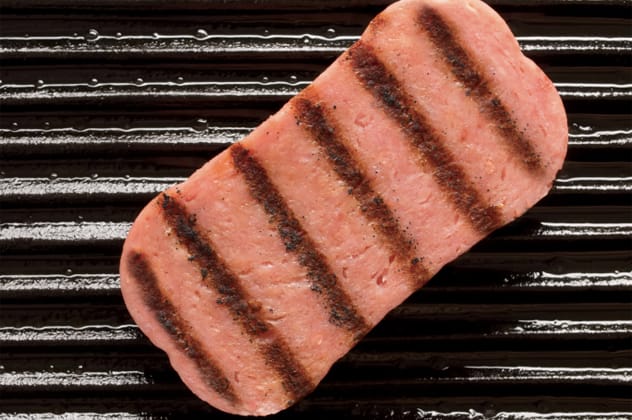
Spam’s history is closely tied to the Great Depression, wartime rationing, and the morale of soldiers and civilians. Created in the late 1930s, Spam was called the “miracle meat” for its affordability and taste. By 1940, it was in about 70 percent of American households, and it was sent in large quantities to Britain and the Soviet Union through the Lend-Lease program. Many soldiers ate it three times a day. “Spam” became a general term for all canned meat products developed during the war, and soldiers often bonded over their shared dislike of it.
With meat being scarce, Spam used previously discarded pork shoulder. Its success was also due to the Hormel Girls, a traveling troupe of saleswomen and singers. After the war, Jay Hormel aimed to boost the job market and promote his products. The Hormel Girls, initially an all-female veteran group, toured the country in white Chevrolets, promoting Spam at supermarkets and performing on stage. Although the group later included professional performers instead of veterans, the Hormel Girls symbolized what could be achieved when a nation united.
The Black Market
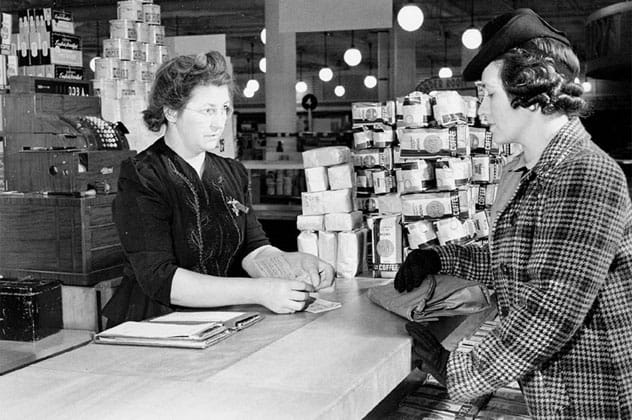
Rationing was promoted as a way for civilians to support the war effort. However, it wasn’t always easy, leading to a substantial black market on both sides of the Atlantic.
In the United States, rationing was managed through a complex system of stamps, numbers, and points. Each stamp had a point value and a time frame for use, and each food item also had a point value, making grocery shopping complicated. Grocery stores played a significant role in the American black market. With high salaries, especially for those working in war-related industries, many grocers were willing to ignore stamp requirements for cash, requiring them to find alternative ways to obtain stock. Theoretically, grocers needed to turn in stamps to receive more products, but shoppers often gave grocers unused stamps in exchange for future favors. Studies suggest that about 20 percent of businesses were involved in some form of black market activity.
In England, there were 114,000 prosecutions for black market activities related to rationing. One notable scheme involved thieves posing as Air Raid Precautions wardens. During raids, they convinced people to help them load goods onto trucks under the guise of safekeeping. Stamps and coupons were also stolen, with five million disappearing in one 1943 heist.
Vegetarian Sausages

During World War I, Germany faced a severe meat shortage, prompting the mayor of Cologne to create a meatless sausage. Called the Kolner Wurst, it was generally disliked.
The meat shortage in Germany was caused by a controversial decision. In 1915, a German physiologist recommended a mass slaughter of pigs, arguing that they consumed the same food as humans and strained the food supply. As a result, about nine million pigs were slaughtered in the spring of 1915.
This worsened the food shortage, leading Mayor Konrad Adenauer to develop a sausage using more available ingredients like flour, soy, rice, and barley. It remains debated whether his sausages were vegetarian or simply had a low meat content supplemented with grains and vegetables. Nevertheless, he is credited with transforming Germany’s traditional all-meat sausage into a product with vegetarian elements.
Imitation Makeup
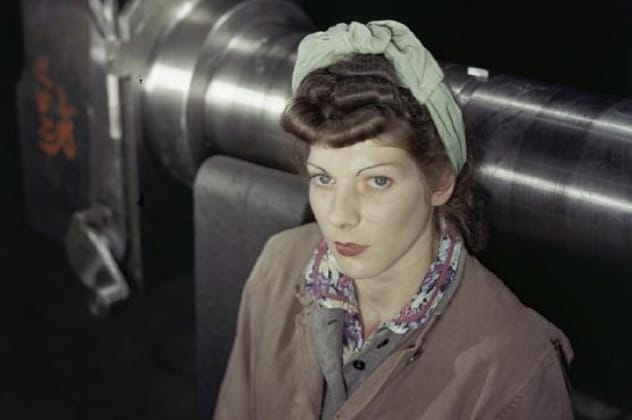
During wartime, the English government encouraged women to maintain their appearance. The slogan “Beauty is Duty” aimed to boost morale and defy Hitler, who disapproved of makeup. This made finding ways to keep women looking presentable part of the war effort.
Initially, cosmetic companies produced lipstick in colors like Regimental Red and Lips in Uniform, but sourcing materials became increasingly challenging. Makeup was sold without applicators and only as refills. Eventually, it became scarce.
Women began to improvise, using beet root juice as lipstick and boot polish as mascara. Face powders and foundations were made from chalk and margarine. The elaborate hairstyles of the ’40s compensated for the expense and luxury of hats. Even using pipe cleaners instead of barrettes, women on the home front were determined to retain some normalcy amid the war.
These creative solutions highlight the resilience and resourcefulness of people during wartime, showcasing how they adapted to shortages and maintained morale in challenging circumstances.
What other creative ways did people get through wartime rationing? Leave your comments below!










